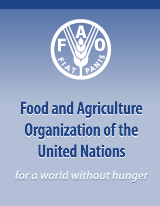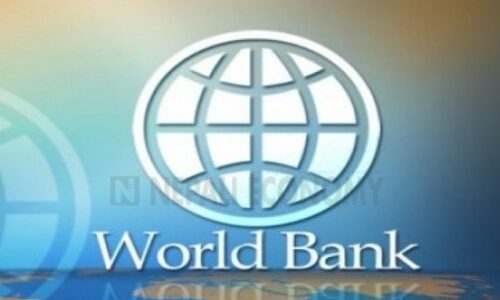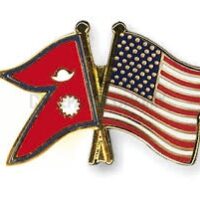Food prices spiked in March, according to the latest FAO Food Price Index.
The Index rose by 4.8 points from February and is at its highest level since May 2013. The increase is due largely to poor weather and continuing unrest in the Black Sea region. Cereal and sugar prices gained the most this month.
The Cereals Price Index rose by 10 points in March, the second consecutive month of increases.
Several causes like strong global grain imports, continuing dry weather in the US, unfavourable weather in Brazil, and continued unrest in the Black Sea region factored into this increase. Wheat and maize are the most impacted by these factors, while rice remains relatively stable. Despite the increase in March, however, cereal prices remain below the highs seen in March 2013.
The Vegetable Oil Price Index rose by seven points to reach the highest level in 18 months. Palm oil prices surged due to concern over dry weather in Southeast Asia, tight inventories in Malaysia, and increased demand in Indonesia, the report added.
The Sugar and Meat Indices rose by 18.5 points and by 2.7 points, respectively. Sugar is being driven by concerns over declining export availability in Brazil and Thailand, as well as potentially negative impacts from the El Nino weather events anticipated later this year.
However, the Dairy Price Index witnessed the only price decreases seen in March, with a fall of 6.9 points. Reduced demand from China and uncertainty over trade with the Russian Federation led to an overall decrease in demand.
The latest AMIS Market Monitor also came out this week.
The report cautioned that, while unseasonal weather and continuing unrest in the Black Sea region have not impacted grain supply and demand as of yet, they could potentially affect upcoming harvests. However, global wheat supplies are expected to remain plentiful, even if wheat production declines; similarly, rice and maize supplies should remain stable as well. While soybean production in Brazil has been impacted by poor weather, overall global supplies are expected to be able to meet anticipated demand.
The FAO Food Price Index averaged 212.8 points in March 2014, up by 4.8 points, or 2.3 per cent, from February and the highest level since May 2013. Last month’s increase was largely driven by unfavourable weather conditions affecting some crops and geopolitical tensions in the Black Sea region. Overall, except for the FAO Dairy Price Index, which fell for the first time in four months, all the other commodity price indices registered gains, with sugar and cereals increasing the most.
























